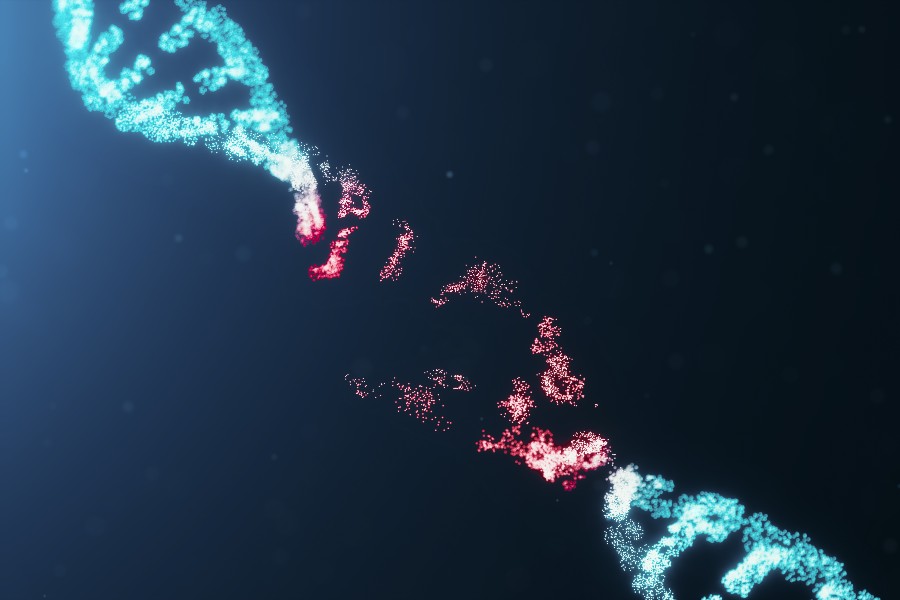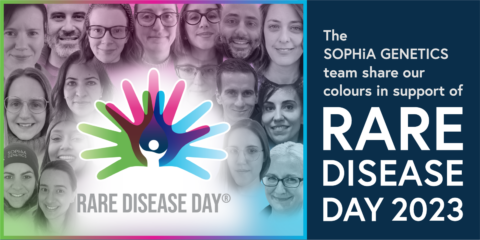Instead, it can accelerate and validate researchers’ discoveries for faster application of their hard work to improve patient care. In healthcare, we see a promising step toward better patient outcomes thanks to advancements in machine learning.
AI and NGS
There’s a reason why it took so long for the first human genome to be sequenced. It’s not an easy thing to accomplish without a “roadmap.” When researchers analyze genomic samples, they’re often overwhelmed with countless panels to run, limited time and resources, and a whole ton of data that gets pulled from every single sample. With artificial intelligence, that first “roadmap” discovered in the Human Genome Project isn’t such a long journey anymore. Algorithms can help quickly identify biomarkers within a person’s genomic data that can assist clinicians shed light on many medical mysteries.
Artificial intelligence has been adopted more widely for clinical trials and patient care in recent years thanks to the evolution of NGS (Next Generation Sequencing). Even when it’s not being utilized as the key player to gather important new insights, machine learning applied to Next-Generation Sequencing can better organize and identify variants of interest hidden among background noise. Algorithms trained on specific data points discover and flag biomarkers in new, more efficient ways, down to the exon level. More in-depth output supports better informed decisions.
AI in radiology
Imaging is one of the first tests performed when a patient begins the diagnostic journey. Traditionally, an expert is trained and educated to specifically search for and identify concerning areas or segments of a given medical image. Artificial intelligence in radiology goes well beyond what the human eye can see by analyzing the available data, not just the image.
Through 3D segmentation and visualization, AI can pinpoint concerning features in medical scans faster and more efficiently than the human eye. Recent studies even suggest that AI for radiomics could be used in preliminary interpretations of chest radiographs to address the scarcity of resources, improve accuracy, and reduce the cost of care.
Democratizing AI-powered data for all
Trustworthy AI requires data volume and diversity. The more unique data that the algorithms can train upon, the more accurate they become in searching for relevant biomarkers within a sample. This is why SOPHiA GENETICS created a universal platform that can adapt and evolve with its users. A global community of more than 780 health care institutions have already supplied the SOPHiA DDM™ platform with relevant data, analyzing more than 770,000 genomic profiles. Standardized, pseudonymized, and aggregated data improve our machine learning algorithms to deliver variant detection, analysis, and interpretation that empowers researchers beyond manual investigation. Learn more about SOPHiA DDMTM, combining data from AI in Genomics and Radiomics with our technology by clicking here.












